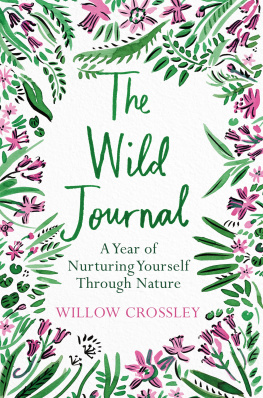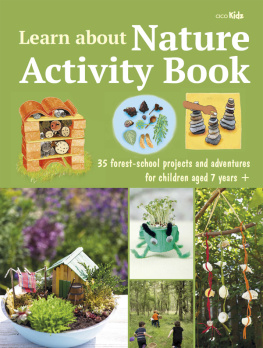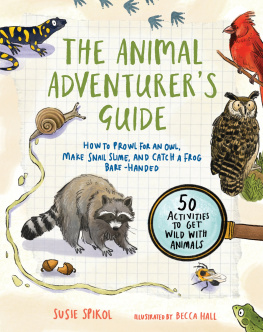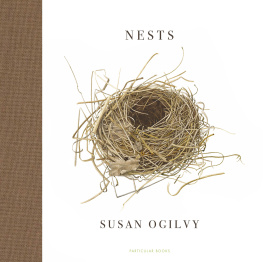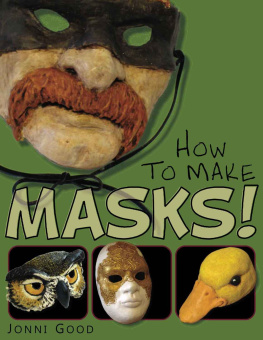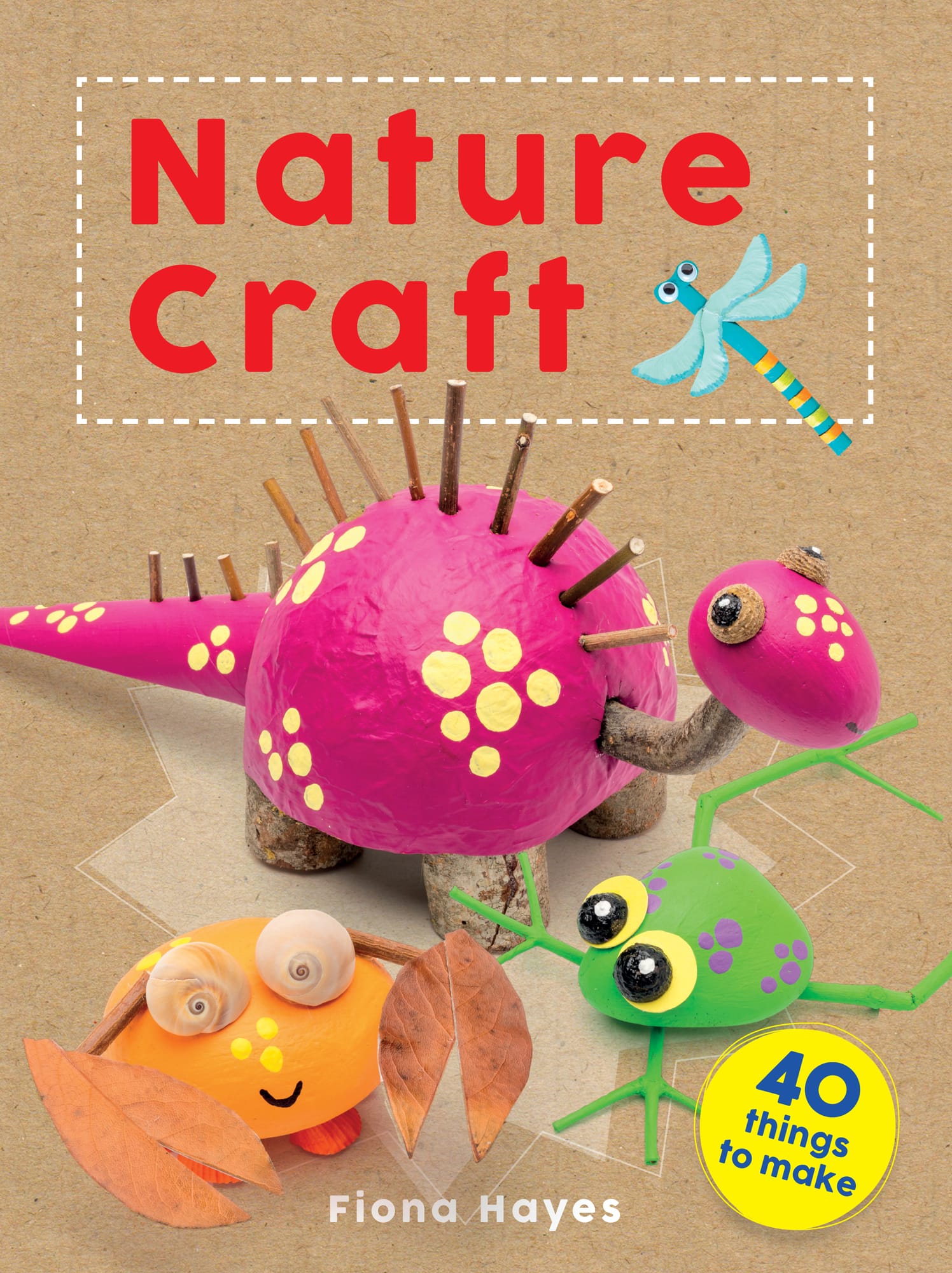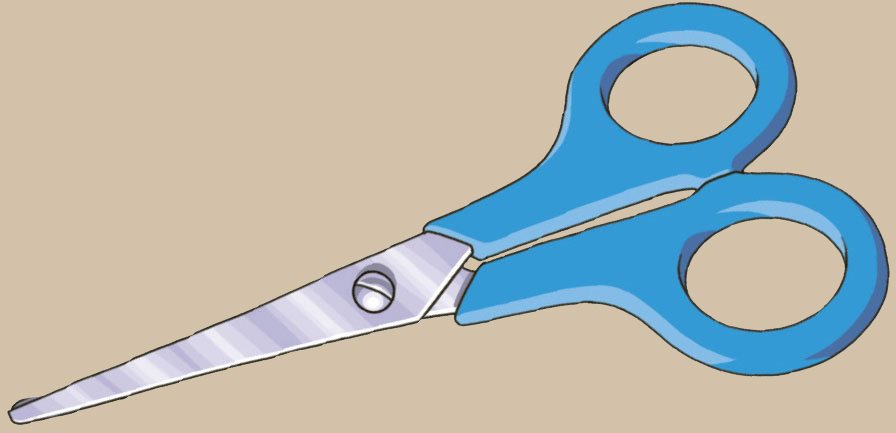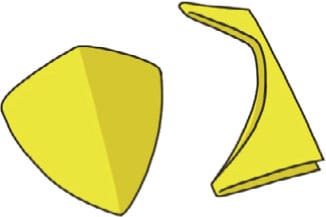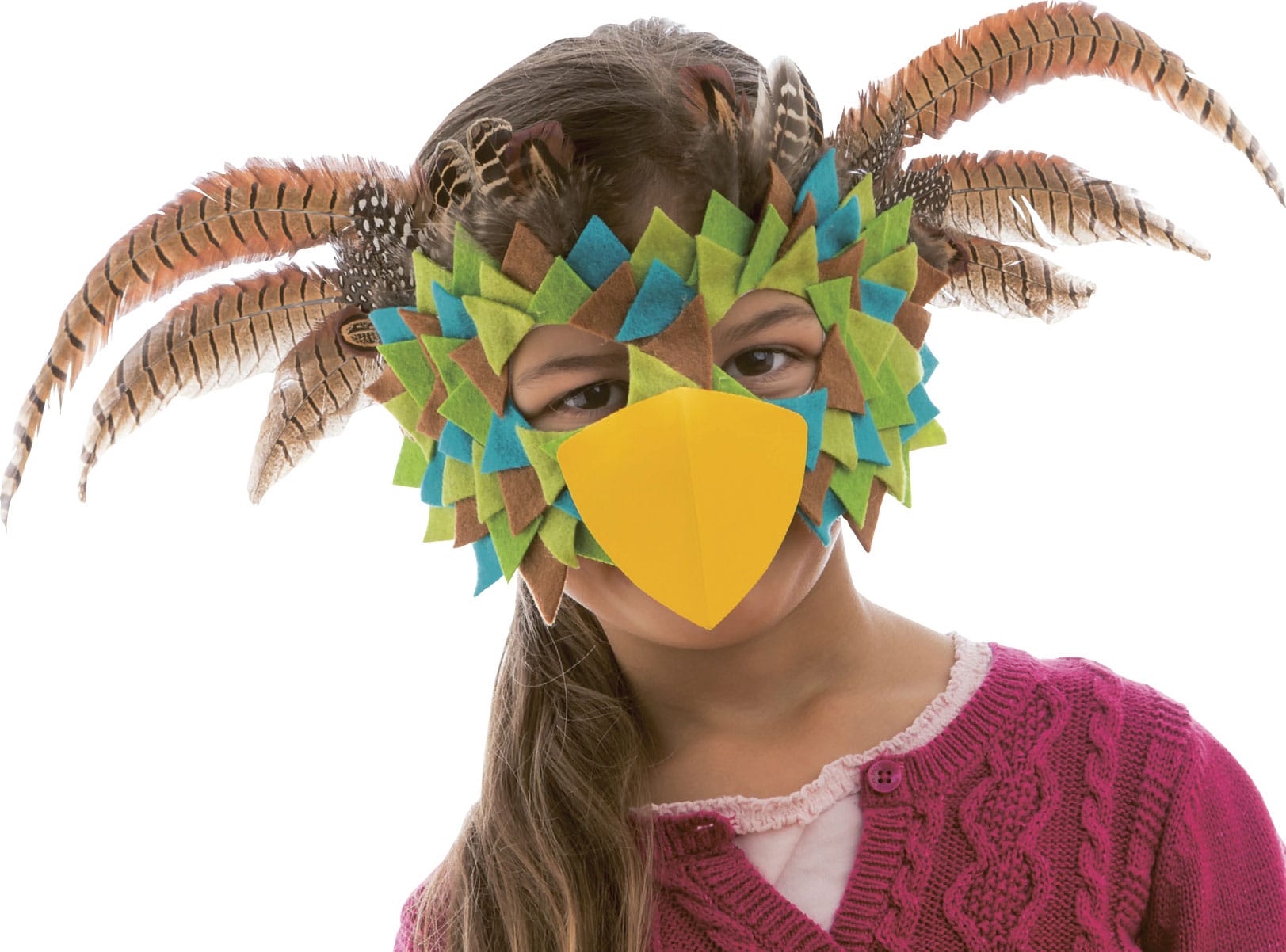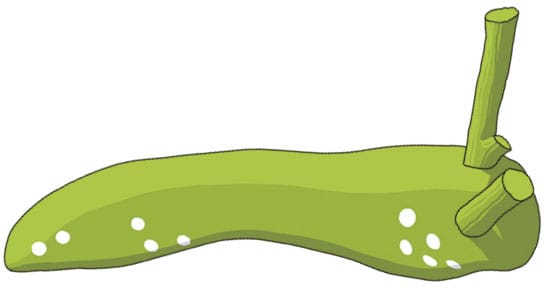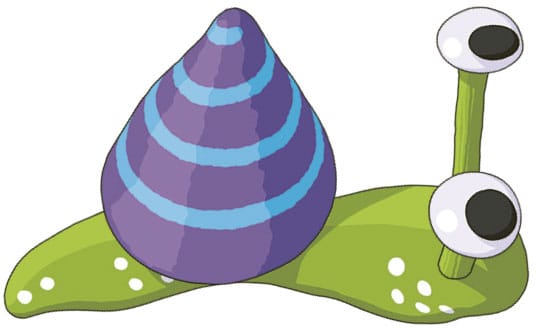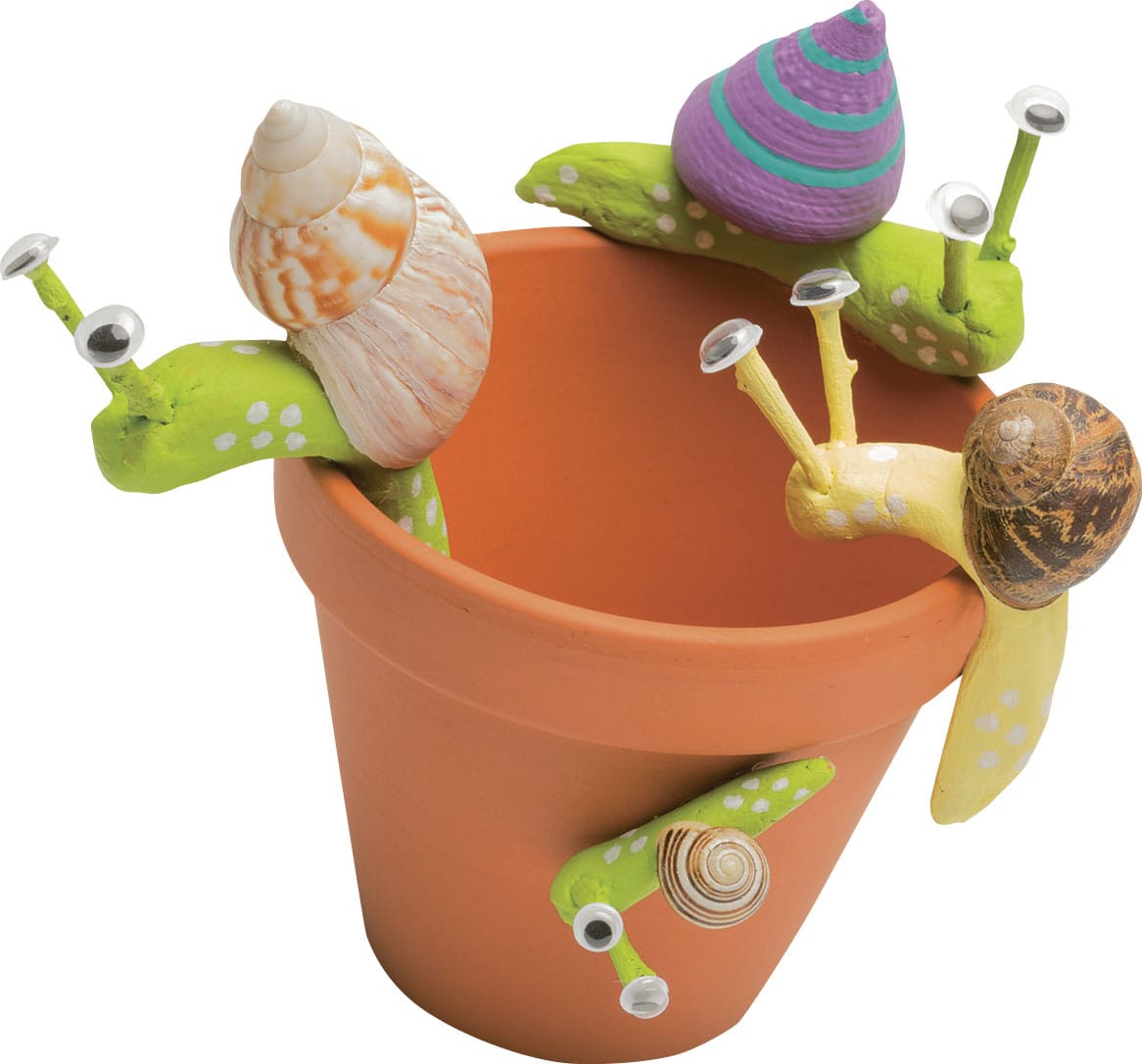Nature Craft
Fiona Hayes

Introduction
The projects in this book use a variety of natural materials and a few simple items that you may have at home. Most of the natural materials are easy to find if you know where and when to look.
Finding Natural Materials
Next time you are outside, stop and take a look at the nature around you. You might see trees, bushes, grassland, flowerbeds, fields, or gardens. Each of these places is home to natural materials.
Carry a bag with you when you go out to collect your finds.
Look up to see the types of trees that are growing. Do they have acorns or pine cones? Do they have brightly colored leaves? Look around for these fallen treasures.
Collect a mixture of straight sticks, bent sticks, narrow sticks, and thick sticks.
Try to find a variety of seed pods.
Search in soil for empty snail shells.
Hunt on the beach for empty shells and interesting pebbles.
When to Look?
You can find interesting things throughout the year, but especially in fall. It is a great time of year to collect sticks, leaves, and seeds. Leaves change color and fall to the ground. Seed pods are blown from trees in strong winds.
Preparing Natural Materials
Most of your finds, such as pebbles, sticks, shells, and seed pods, can be cleaned using dishwashing soap and warm water. Gently sponge clean your items with warm, soapy water. Leave the materials to dry fully before you begin your project. Always wash your hands after handling your finds.
Basic Equipment
There are detailed lists of equipment for each project. Most projects will also use some of the following equipment:
White glue or a cool-melt glue gun
Paint
Paint brushes
Felt-tip pens
Pencils
Scissors
Ruler
Bird Mask
At the end of summer, birds lose their feathers and then grow new ones, but do not collect these feathers for your mask.
You will need
Cardstock
Thin elastic
Featherslong and short (from a store)
Colored felt
Yellow cardstock
Use the template shown to draw a mask shape onto cardstock and cut it out. Use the tip of a pencil to make a hole for your scissors, then cut out two holes for the eyes. Make one small hole on each side of the mask.
Thread a length of thin elastic through each hole. Tie a knot in each end.
Glue long feathers to the front of the top of the mask.
Add smaller feathers in front of the long ones.
Cut out small triangles from different colored felt.
Glue the felt triangles around the edge of the mask. Leave a space where your nose will go.
Continue gluing on the triangles, overlapping them until you have covered the mask.
Fold a piece of yellow cardstock in half. Cut out a triangle. Open out to make the beak.
Glue the edges of the beak onto the mask. Put on your mask and start flapping!
Snails
You will need
Colored paint
Empty snail or seashells
Air-drying modeling clay
Short, narrow sticks
Googly eyes
Cool melt glue gun
Flower pot (optional)
Paint some of the shells and leave some natural.
Roll a piece of modeling clay into a sausage shape. Bend one end of the shape up slightly. This will be the head. Push two sticks into the head. Make more bodies and bend some so they can hang over an edge. Let the clay dry.
Paint the snail bodies.
Glue a pair of googly eyes to the tops of the sticks. Glue the shells to the bodies.
Find a flower pot for your snails to climb over.
Flowers
You will need
Green paint
Dried poppy seed heads
Green bendy straws
Scrap paper
Crepe paper
Cut the stems of the poppy seed heads short. Paint some of them green. Glue them into the end of the bendy green straws.


